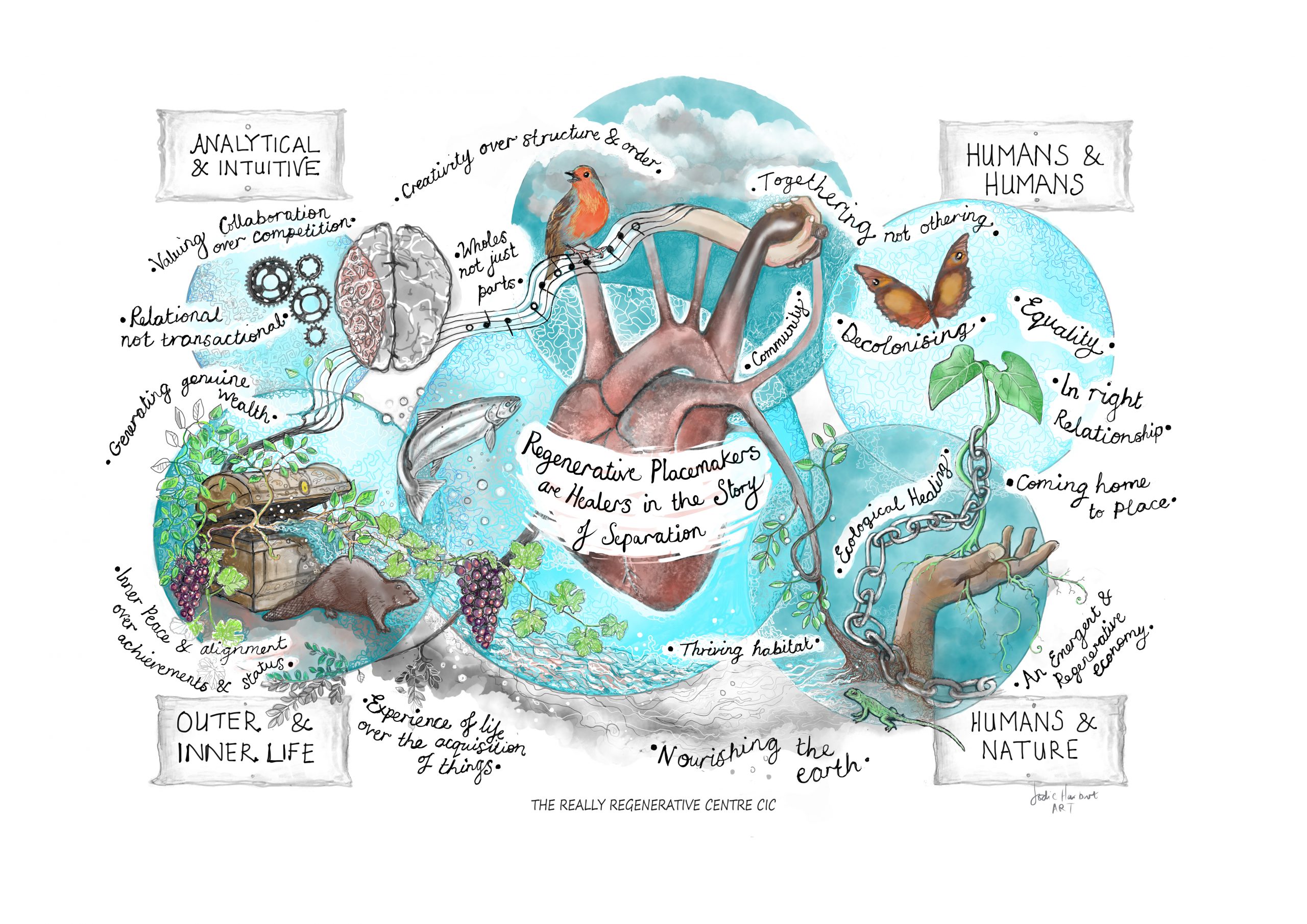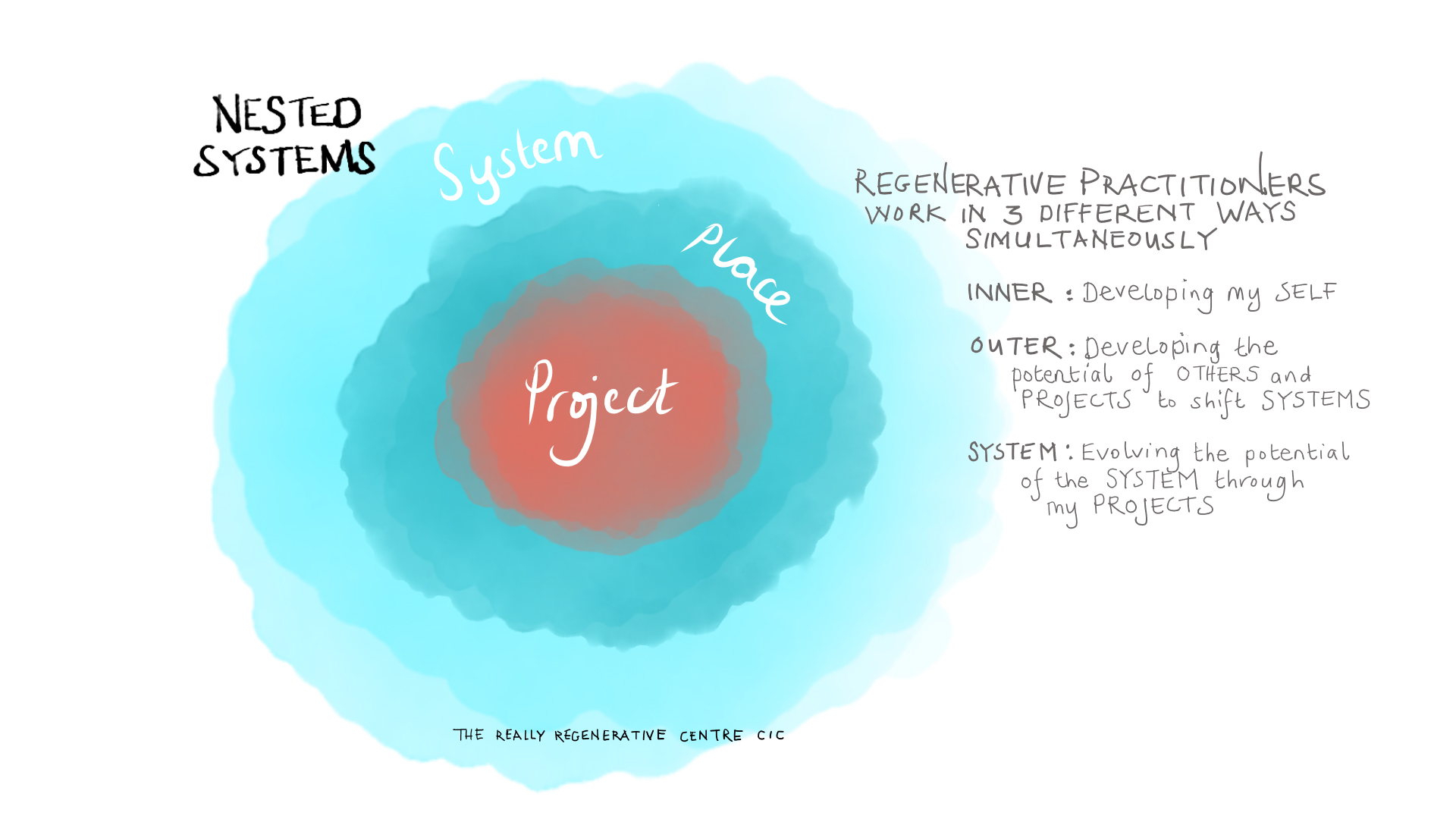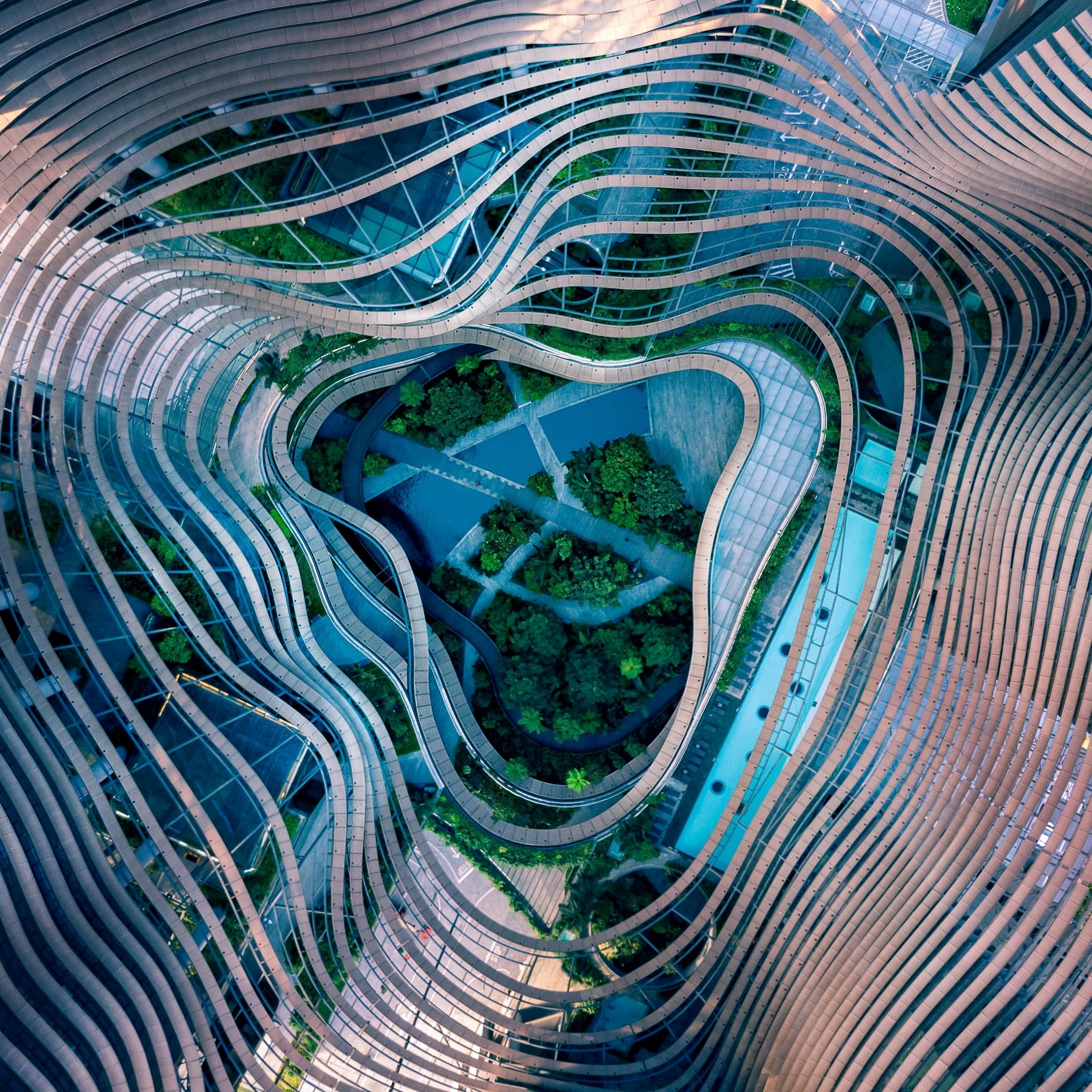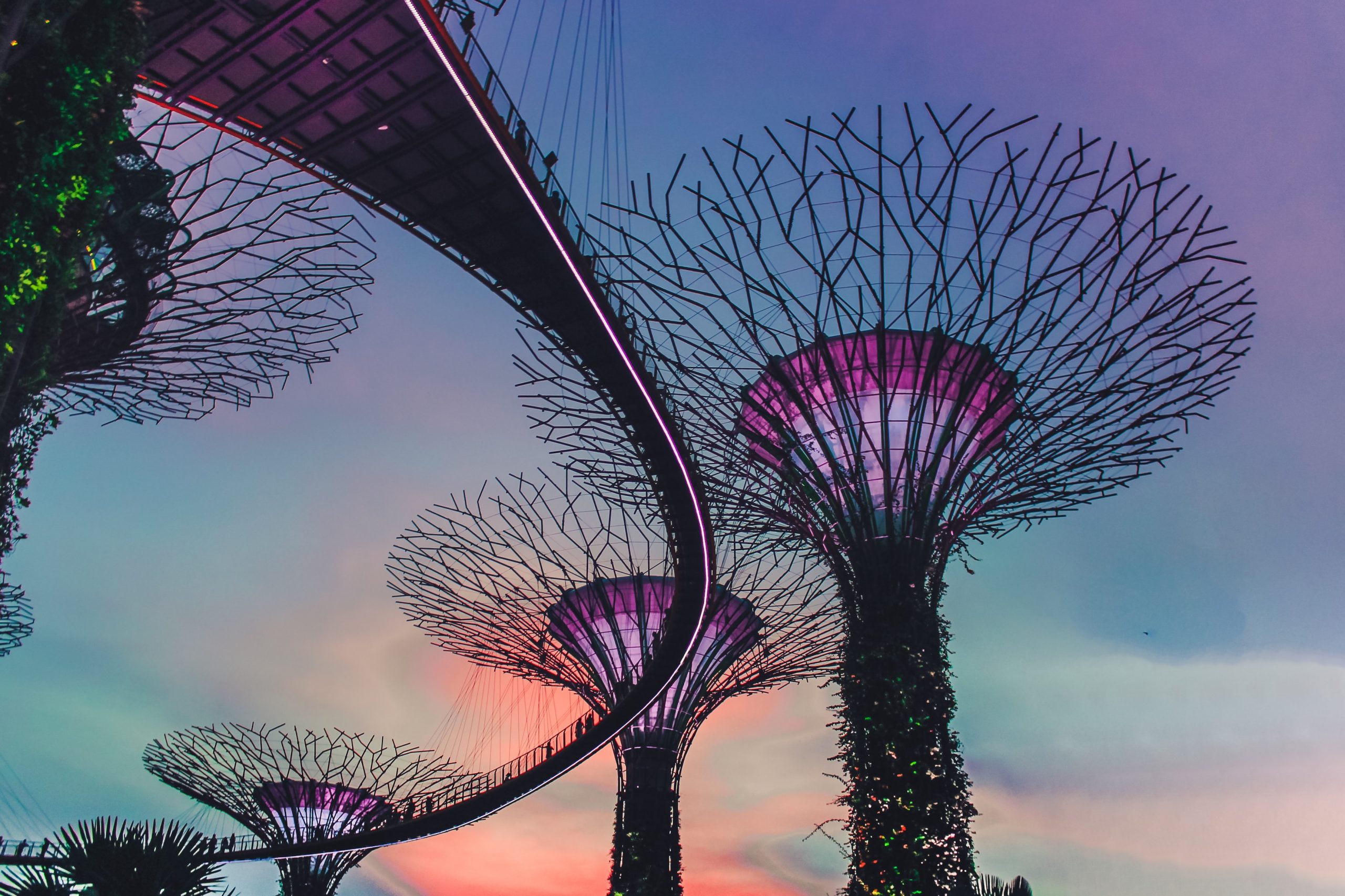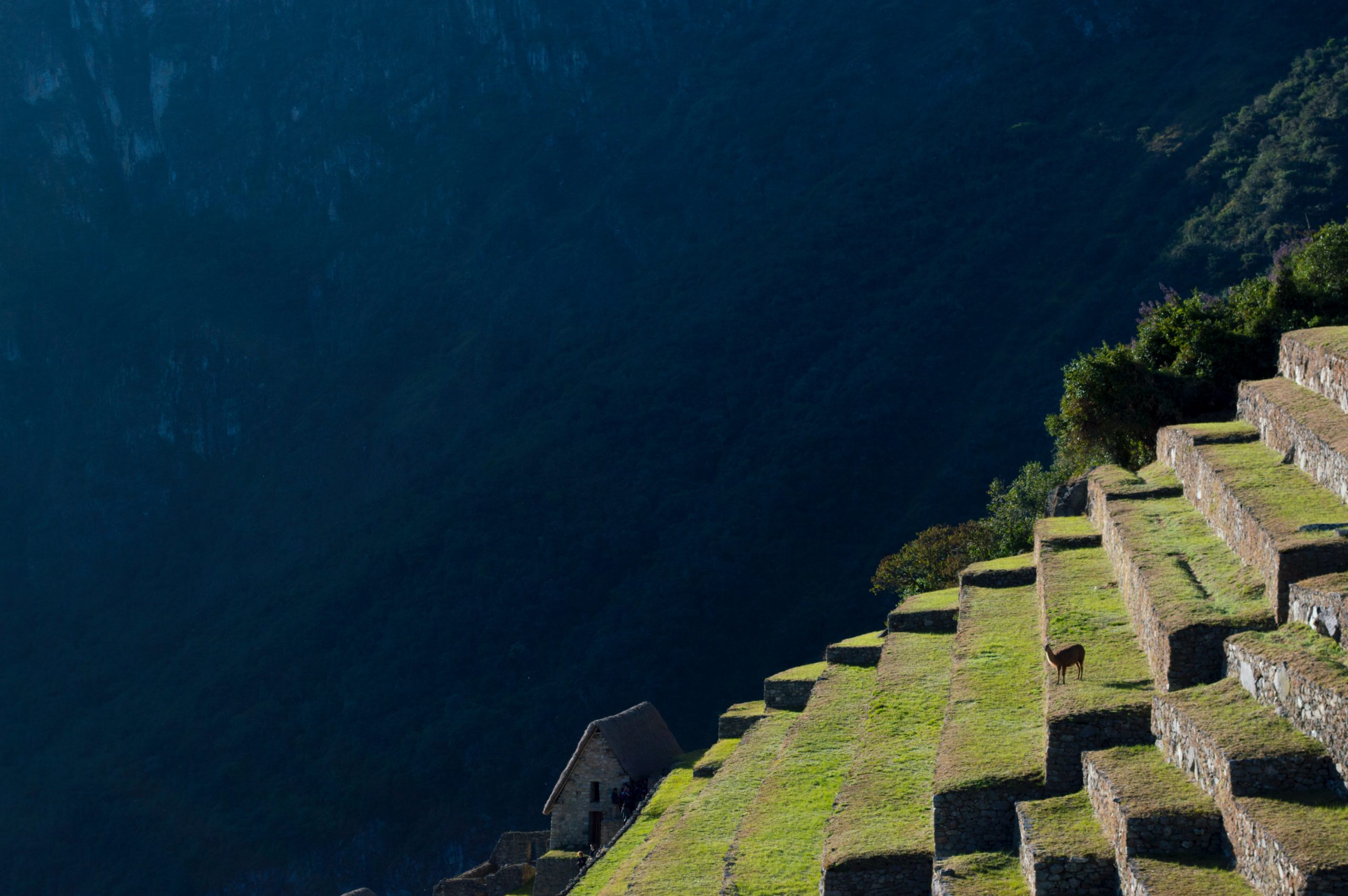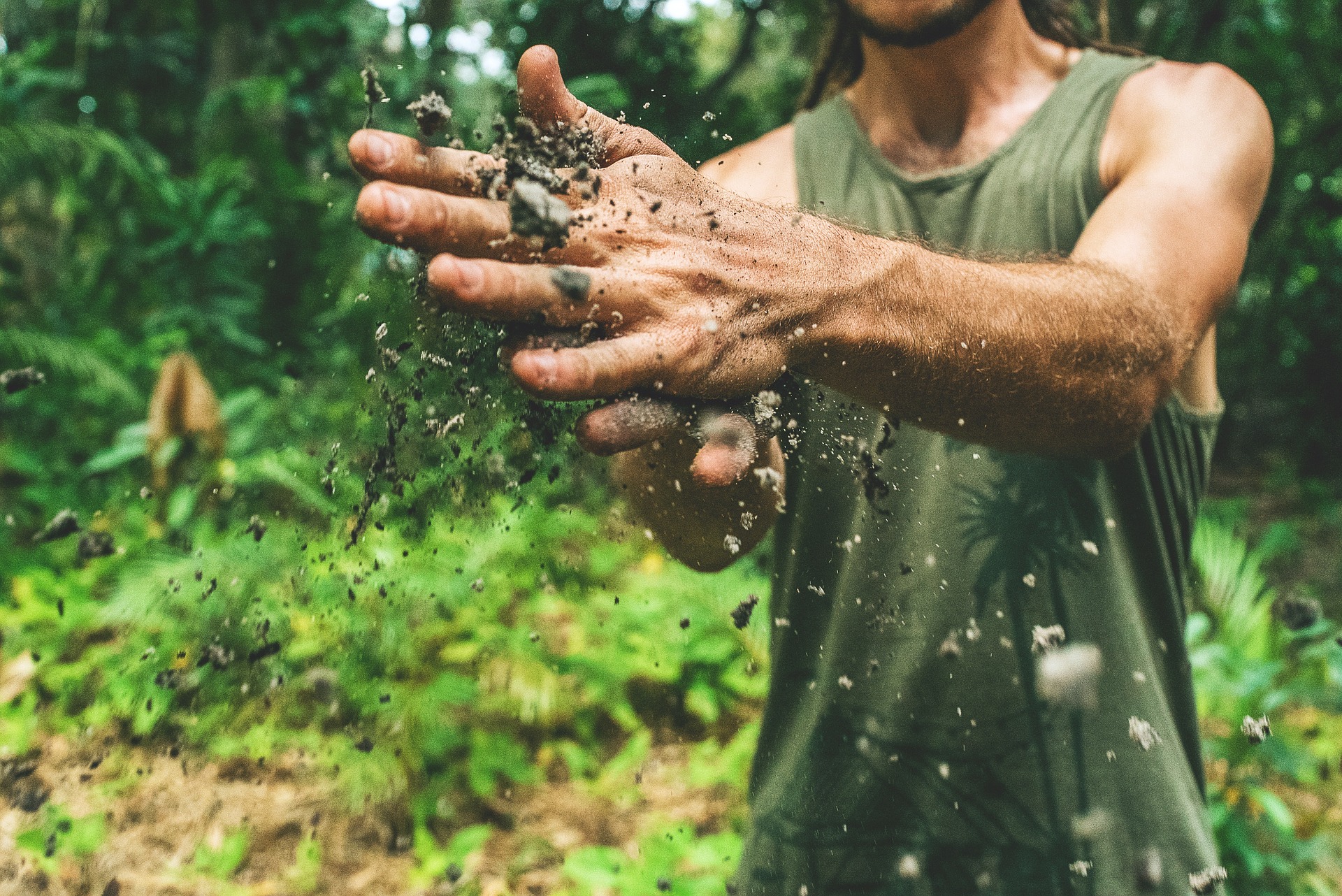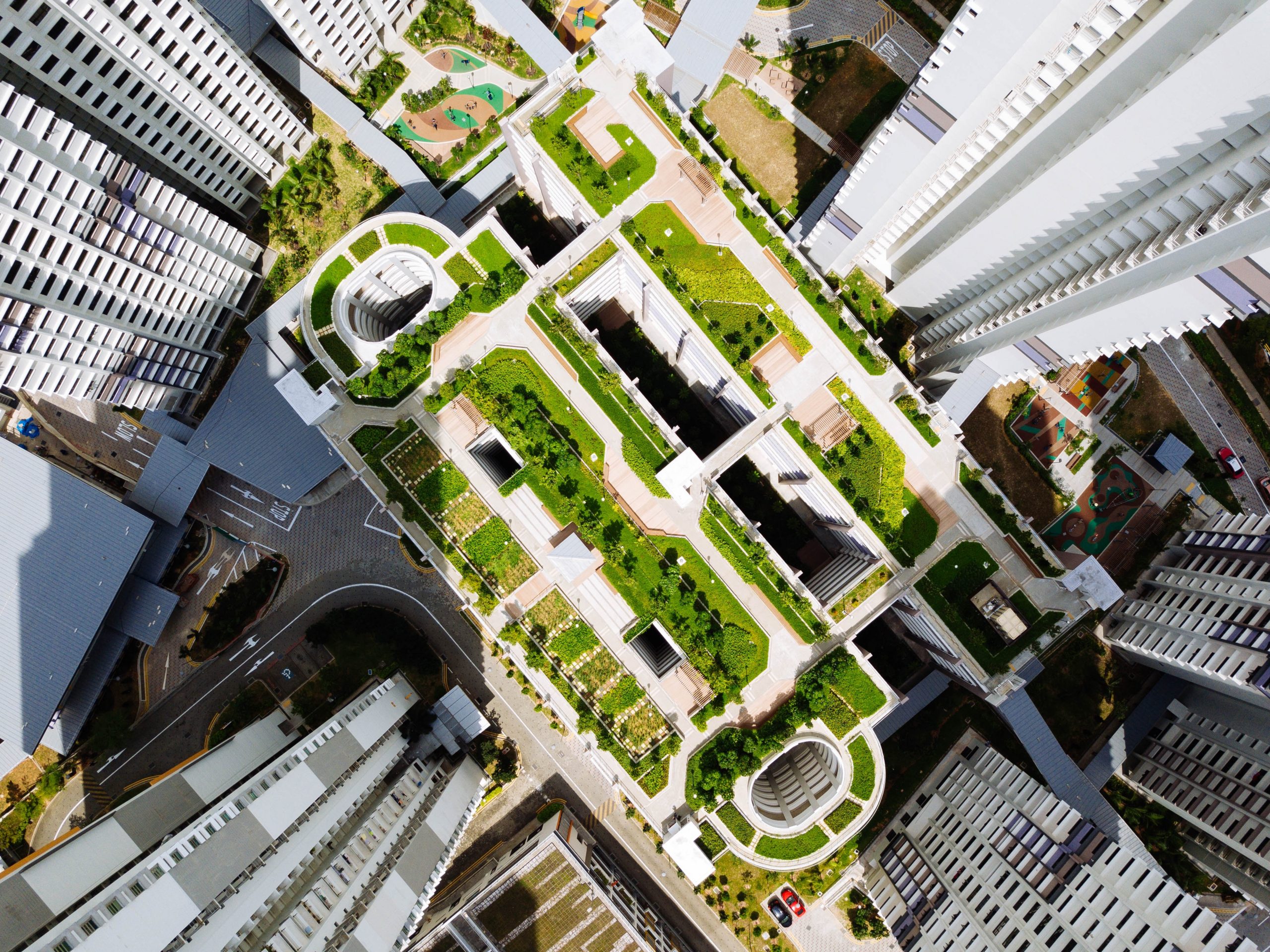What is Regeneration?
Healing the Story of separation
What is regenerative economics?
Why are PLACES so important?
An Introduction to Regeneration
We are in a time of breakdowns and breakthroughs. The experience of the global covid19 pandemic has cast a bright light on the frailty in our global economies, our ability to adjust to complexity, uncertainty and volatility, and accelerated the conversation about what needs to change. Not just to adjust to the possibility of future viral anomalies, but to the greater challenges following in its wake. Climate change. Biodiversity. Economic collapse.
Regeneration is fast becoming a buzzword. A term to replace our hopes for sustainability. But what does it really mean to be regenerative?
According to many different dictionary definitions regeneration is an act or the process of regenerating : the state of ‘something’ being regenerated. It is also described as a spiritual renewal or revival; and the renewal or restoration of a body, bodily part, or biological system (such as a forest) after injury or as a normal process.
If we look at its ancient Greek roots economics was a term first coined by Aristotle who ‘defined it as the pragmatic science of living virtuously as a member of the polis (or community) through wise household management.’
Thus regenerative economics and practice, is the restoration of intelligent and wise management of our global planetary ecosystem whilst re-igniting a spiritual renewal or developmental growth stage of the human species.
The global economy we have built is fundamentally designed to foster constant growth. The idea that constant growth is possible on a finite planet under the multiple existential threats of climate change, biodiversity collapse, food system fracturing, deforestation, ocean acidification – all of which are driven by the consumption that is required for the economic model of constant growth – has now been under question by leading economic thinkers like Mariana Mazzucato and Kate Raworth for some years. Before them there was Donella Meadows who, when she published the seminal work Limits To Growth in 1972, foresaw the environmental and economic collapse that was to come.
The complexity which accompanies the global economy, the interconnectedness of systems it has created, is not easily unpicked, especially since it is bolstered by powerful vested interests. We have been building a global economy so long, it’s almost hard to remember economies that were not tied to the relentlessly extractive process of more.
Yet there are many theories and models emerging that offer light at the end of this dark tunnel. They offer ways in which we might change our global economy to halt the extractive and divisive economies which offer opportunities of exponential wealth and power to so few, and leave the rest of the world struggling to get by. Many of the most hopeful are focused on changing our places. They range from upgrading the failed idea of sustainability to a circular economy; to smart cities with better relationships to their rural surroundings; to doughnut economics, to human-centred incremental improvements and the wellbeing economy. And then there is regenerative economy design.
At Really Regenerative we are mainly concerned with economic change that is sourced from place, a foundational pillar in designing regenerative economies. It deals with the varying aspects of bringing our economies back towards a localised, place-sourced design that derives its thrivability from the interconnected thrivability of the five key ‘capitals’ that surround it – ecological, social, human, production, financial – whilst still operating inside our existing global economy as it slowly transforms. It’s a g-local approach. It is an economy that is rooted in the natural geology, geography, topography of place, alongside the unique cultural heritage that each and every region on this earth can draw upon.
Our consultancy services support regional, city and town authorities, estates and landowners, construction companies and architects, and destination tourism professionals to design their contribution to a regenerative economy.
As a community interest company, we support create events, conversations and learning journeys that help individuals, communities and interest groups collborate to learn about how our ecology and economy could come together and become an ecology economy. We support small villages to create sustainable projects by becoming Doughnut Districts.
Designing A New Story for Humankind
The Story of Separation
How did we get here? What led humans to become the only species that proactively destroys its own habitat? The Story of Separation charts our the story of how our thinking changed across thousands of years, and looks at what needs to change now.
READ MORE
Living Systems Design
The dominant economic logic of the 20th century has been the world, its organisations and its people as a mechanistic machine; constantly striving for every more efficiency and growth, organised through hierarchical management systems and measured by profits and GDP. Whilst some organisations have shifted from this mechanistic model towards a more pluralist model, this has still not helped us fully address the story of separation that has brought about increasing economic and political polarisation.
But there is another way. A ways which has been tried and tested for 3.8 billion years. It is the way of nature. The way of living systems.
Regenerative Economies
How do we design regenerative economies? What do they look like? Where do we start? Sometimes we need a new framework or vision to work towards to change our thinking about the future. So I offer some metaphors for action that have popped out at me in my study of place, that I hope may be helpful to you, the place-maker. Whether you are a city-maker, a village-maker, a community-convener, a destination-doula, a regional economist, an estate owner or a fractal-farmer, these ideas are for you.
The Power of Place
Places are living organisms that are all each completely unique. They are unique in biology, ecology, and geology. They are unique in their cultural heritage. In regenerative practice we describe places as having a unique bio-cultural identity and potential. Lisbon is different to London. The Bay of Plenty is different from the Bay of Biscay. Mallorca is not Madeira. Some economies are built on the heritage of the land like Russia and New Zealand, others on pivotal geological and political positions across different cultures and regions – like Istanbul. Each place we live in has a unique potential to grow a flourishing economy based on its particular ecological and cultural heritage.
READ MORE
Regenerative Cities
By 2050, the UN estimates that 70% of all people will live in cities -up from 55% today. It is estimated that 90% of future urban population growth will occur in the cities of Asia, Africa and to some extent, South America. The pace of this change present significant challenges, but also represents a unique opportunity. However difficult and however complex it may seem, now is the time to think about how we design new cities and how we change existing cities by re-designing the systems that underpin them. If we can do this now, the welfare of urban inhabitants – and the planet they live on – could be radically transformed for the better.
Regenerative Tourism
One of the industries that has been most affected by the covid19 pandemic is the tourism industry. Previously one of the world’s biggest contributors to GDP, overnight cruise ships weighed anchor, hotels closed, flights were grounded. The entire infrastructure of global tourism came to a halt. Although the infrastructure of tourism that moves people from one place to another has a huge impact in itself on the stability of our planetary ecosystem, this article focuses most on the places they arrive at and the how to increase the potential of people and place in each destination.
Regenerative Estates & Land
One of the first ‘industries’ to embrace a regenerative approach to life, has been agriculture. From permaculture to holistic agriculture, farmers worldwide have embraced a shift away from industrial agicultural models. Alongside farmers, landowners and those responsible for land management – whether they are private estates, cooperatives, or water, forestry & fisheries management – are now also looking at the role they can play. What is that role?
READ MORE
Regenerative Architecture, Construction & Development
How we inhabit a place is often determined by the homes, buildings and developments we design. Nature-inspired design like biomimicry, circular and modular construction, integrated ecosocial experience is today the cutting edge of the construction, real estate and development sectors.
READ MORE
Regenerative Culture – Communities
Revitalised and resilient community is at the heart of regenerative culture. Yet this is not easy to achieve in a polarised, divided world. Designing regenerative cultures is as much about learning to live, work, communicate together in harmony as it is about the phsycial design of our places. What new practices do we need?
READ MORE

